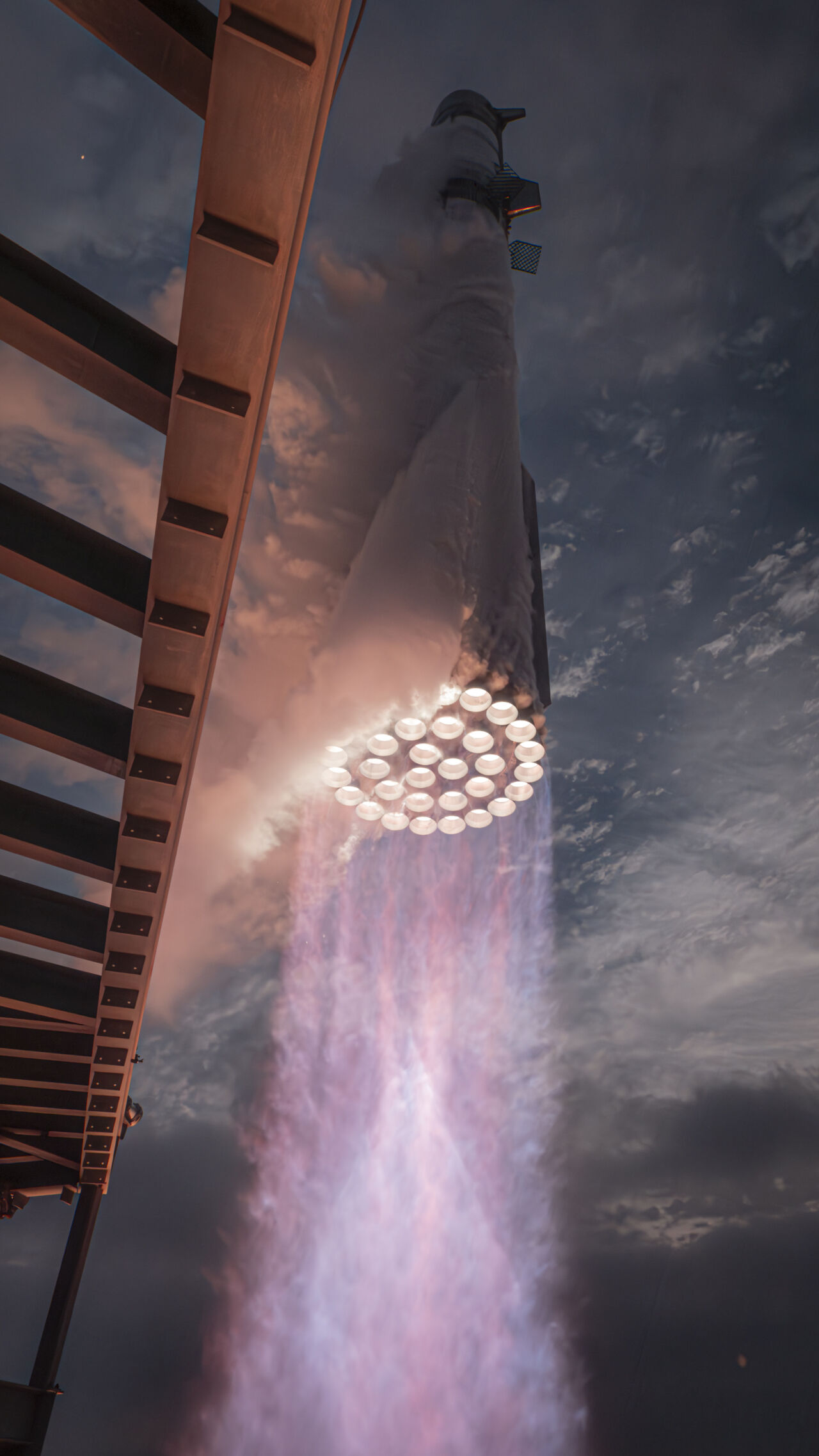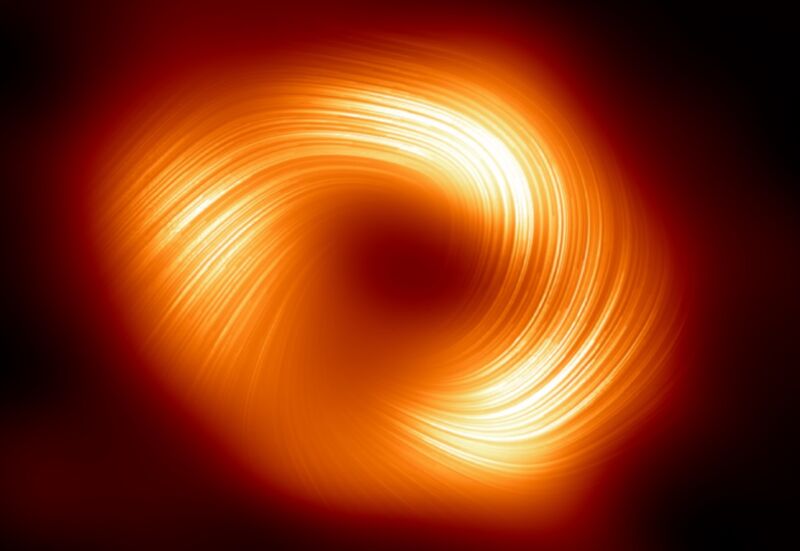Previous 1 ... 233 234 235 236 237 238 239 240 Next
Reentry of International Space Station (ISS) batteries into Earth’s atmosphere
The batteries, nine in total, were released on 11 January 2021 and will undergo a natural reentry, which is now predicted for around 18:56 CET on 8 March +/- 0.4 days.
The total mass of the batteries is estimated at 2.6 metric tonnes, most of which may burn up during the reentry. While some parts may reach the ground, the casualty risk – the likelihood of a person being hit – is very low.
Pretty decent test though.
Yup, seeing reentry like that was amazing.
Dead satellites falling to Earth could weaken its magnetic field
*shakes fist at clouds*
ELON!!!!
Never trust pre-print studies. ^^ ![]()
SpaceX celebrates major progress on the third flight of Starship
Physicist Claims Universe Has No Dark Matter And Is 27 Billion Years Old
Daily Telescope: Peering into the remnants of an 800-year-old supernova
Event Horizon Telescope captures stunning new image of Milky Way’s black hole
Trash from the International Space Station may have hit a house in Florida
Are Your Solar Eclipse Glasses Fake? Here’s How to Check
Say 'Cheese,' Universe: Scientists Complete Construction of the Biggest Digital Camera Ever
The Rubin Observatory’s key goal is the 10-year Legacy Survey of Space and Time (LSST), a sweeping, near-constant observation of space. This endeavor will yield 60 petabytes of data on the composition of the universe, the nature and distribution of dark matter, dark energy and the expansion of the universe, the formation of our galaxy, our intimate little solar system, and more.
The camera will use its 5.1-foot-wide optical lens to take a 15-second exposure of the sky every 20 seconds, automatically changing filters to view light in every wavelength from near-ultraviolet to the near-infrared. Its constant monitoring of the skies will eventually amount to a timelapse of the heavens; it will highlight fleeting events for other scientists to train their telescopes on, and monitor changes in the southern sky.
NASA Picks 3 Companies to Help Astronauts Drive Around the Moon
Total eclipse of the sun over Quebec...
The day of the Columbia disaster still haunts me
Previous 1 ... 233 234 235 236 237 238 239 240 Next